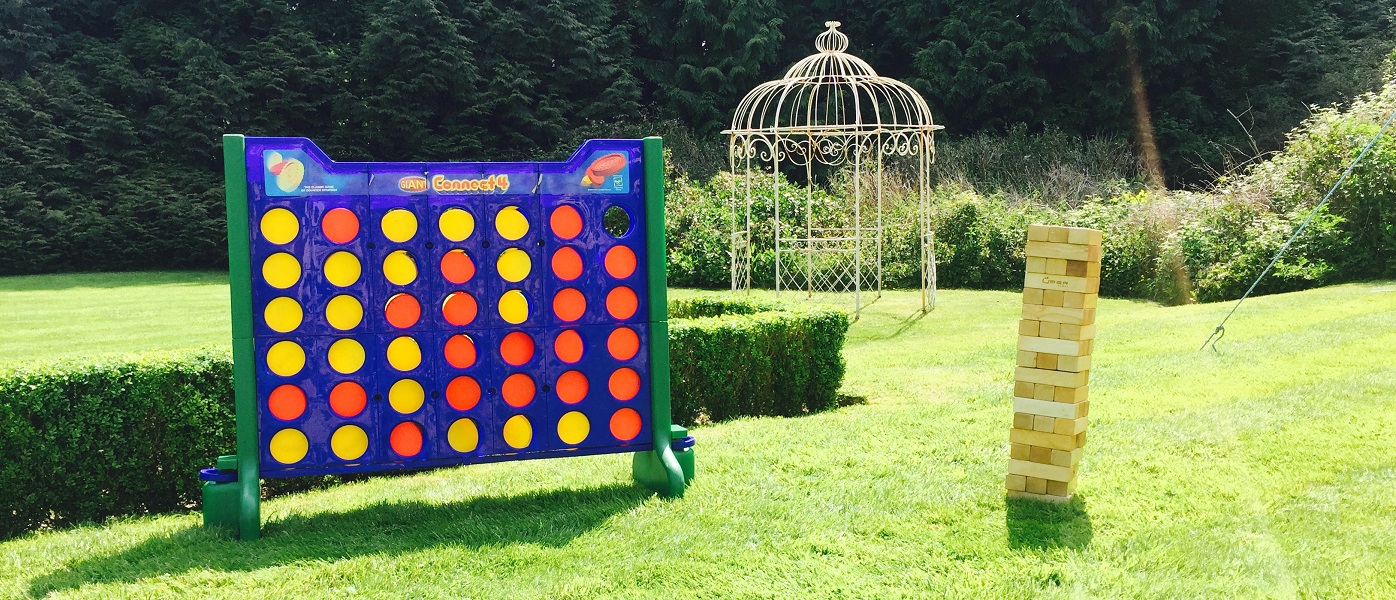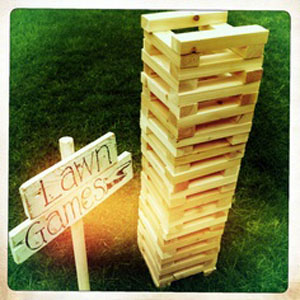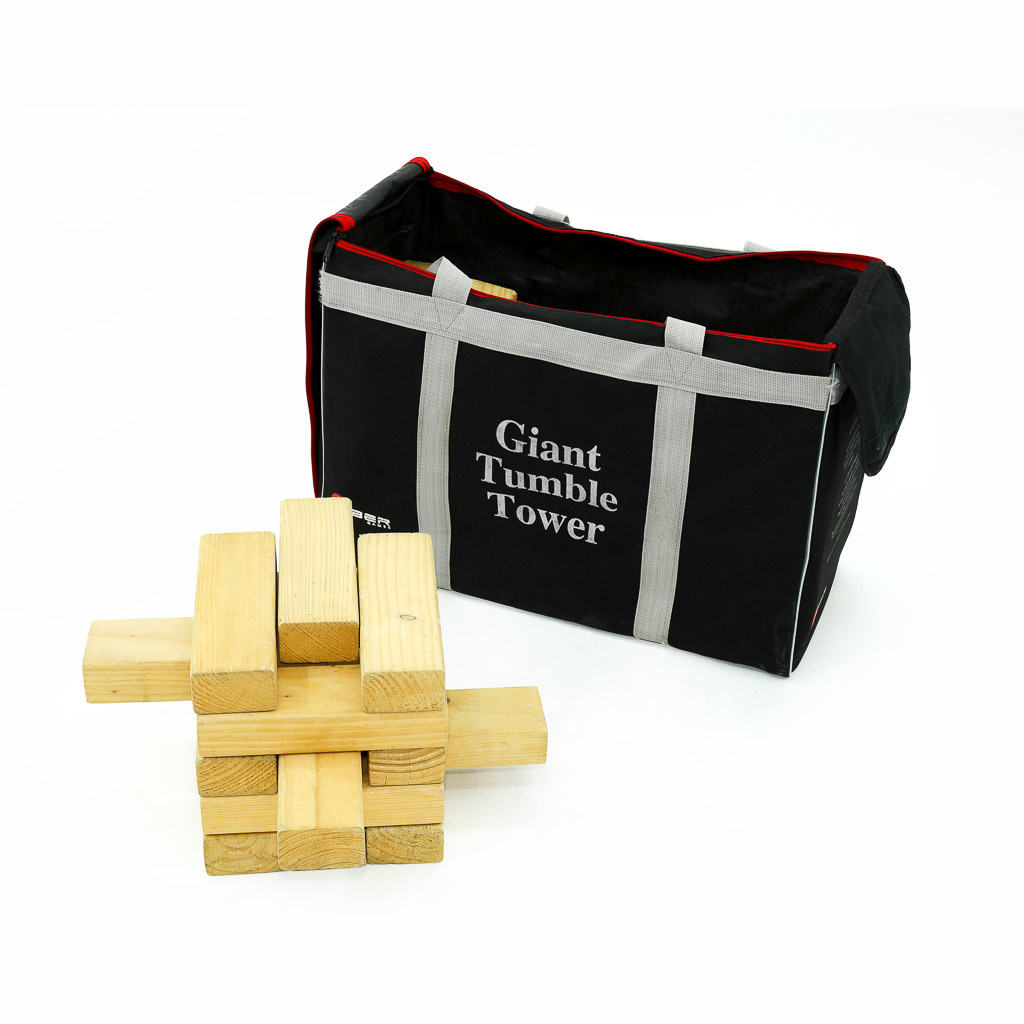

The V&A Museum of Childhood has exhibited one of the original sets of Jenga since 1982. The blocks of the first sets of Jenga were manufactured for Scott by the Camphill Village Trust in Botton, Yorkshire.

Scott launched the game she named and trademarked as "Jenga" at the London Toy Fair in January 1983 and sold it through her own company, Leslie Scott Associates. A British national, Scott was born in Tanganyika, now Tanzania, where she was raised speaking English and Swahili, before moving to live in Ghana, West Africa. The name jenga is derived from kujenga, a Swahili word which means 'to build'. Jenga was created by Leslie Scott, the co-founder of Oxford Games Ltd, based on a game that evolved within her family in the early 1970s using children's wooden building blocks the family purchased from a sawmill in Takoradi, Ghana. The last player to complete a turn before the collapse is the winner. The game ends when any portion of the tower collapses, caused by either the removal of a block or its new placement. A turn ends when the next player in sequence touches the tower or when 10 seconds have elapsed since the placement of a block, whichever occurs first. A block may be touched or nudged to determine whether it is loose enough to remove without disturbing the rest of the tower, but it must be returned to its original position if the player decides to move a different one. Once a level contains three blocks, it is complete and may not have any more blocks added to it. Each player may use only one hand to touch the tower or move a block at any given time, but may switch hands whenever desired. Starting with the one who built the tower, players take turns removing one block from any level below the highest completed one and placing it horizontally atop the tower, perpendicular to any blocks on which it is to rest. A plastic tray provided with the game can be used to assist in setup. The blocks within each layer are oriented in the same direction, with their long sides touching, and are perpendicular to the ones in the layer immediately below. To begin the game, the blocks are stacked into a solid rectangular tower of 18 layers, with three blocks per layer. Blocks have small, random variations from these dimensions so as to create imperfections in the stacking process and make the game more challenging. Each block is three times as long as it is wide, and one fifth as thick as its length – 1.5 cm × 2.5 cm × 7.5 cm (0.59 in × 0.98 in × 2.95 in). Word of advice: make sure there are no little tots running around the precarious tower.Jenga is played with 54 wooden blocks. Not only are you waiting for the tower to fall, but you just know it’s going to make a huge kaboom! C rash! on the way down. You know that little feeling of fear you get when playing Jenga? “Is this the one? Will this piece topple the entire tower?” Let me tell you, with giant Jenga, the stakes are even higher. We found playing the old fashioned way thrilling enough.

You could make the game more challenging by only being allowed to pull certain colours! Paint the blocks a variety of colours, or even just the ends.

I chose to keep the lumber plain to mimic the original version, but you can certainly have lots of fun with some paint. The smoother the block, the easier it will be to play with.Ĥ) Assemble on a flat surface with three blocks alternating rotation per layer. (This is where safety glasses come into play!)ģ) Sand each piece thoroughly with your electric sander. You should get nine pieces from each 2×4.Ģ) Using your mitre saw, cut carefully along the pencil line. Safety glasses, cause ya know, safety firstġ) Measure your 2x4s into 10½” long pieces and mark with a pencil.Examine your lumber to ensure there are no curves. Of course, you’ll need the power tools to make this work, but if you or a friend have a mitre saw and an electric sander handy, you’re good to go! The total cost for this project was $20 for the lumber. This giant, outdoor version of the classic family game Jenga is cheap, easy to create, and a ton of laughs. Playing lawn games with friends is a great way to add extra fun and laughs to any outdoor event. Is your backyard ready for some serious lawn games? When the weather is good, what better way to spend your time that by having some good old fashioned fun.


 0 kommentar(er)
0 kommentar(er)
